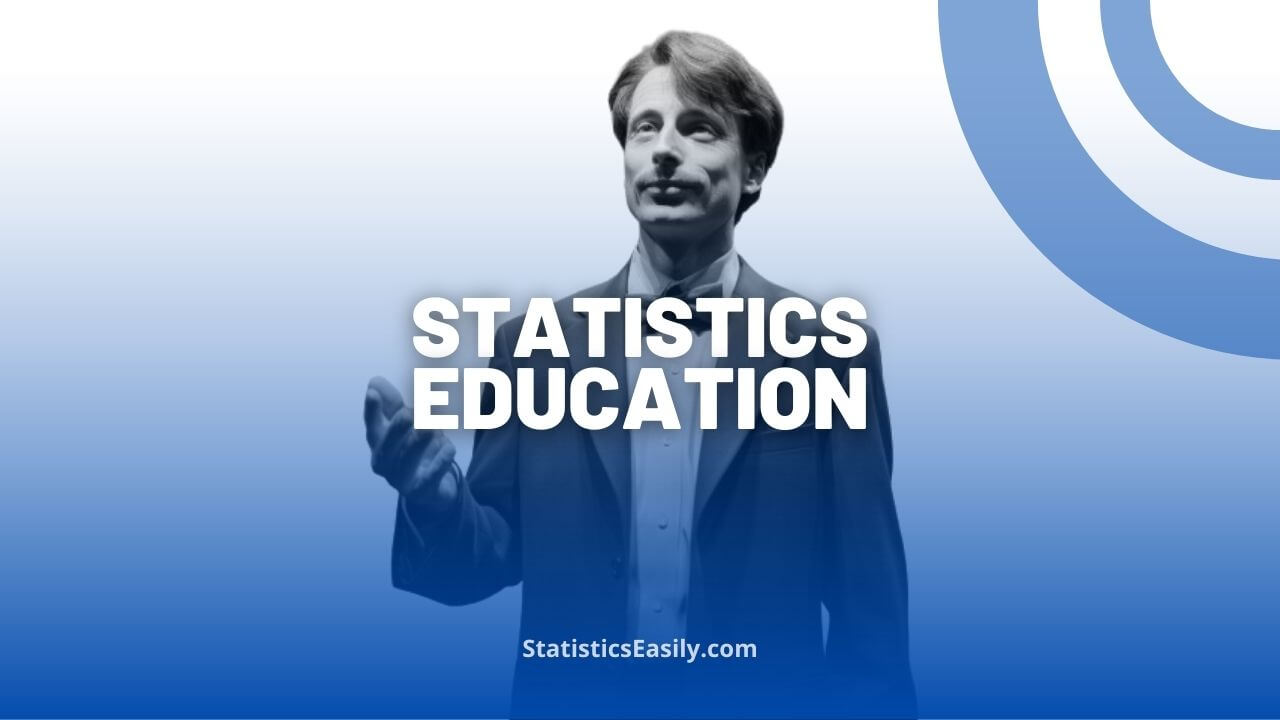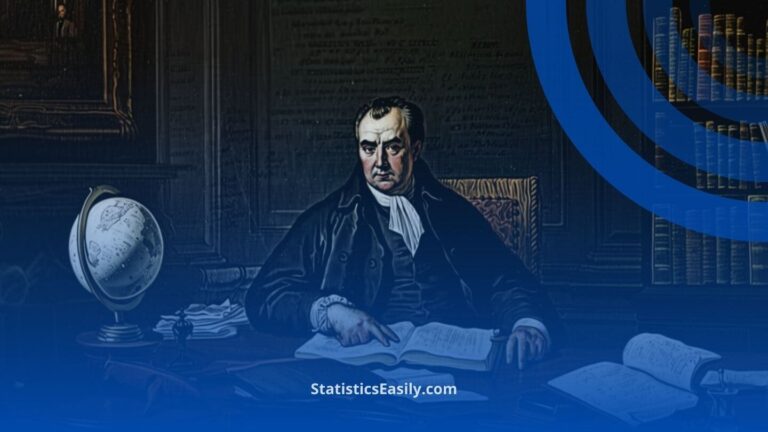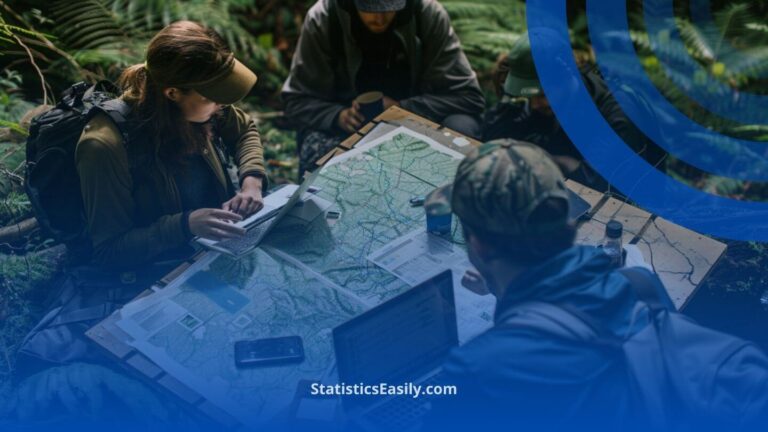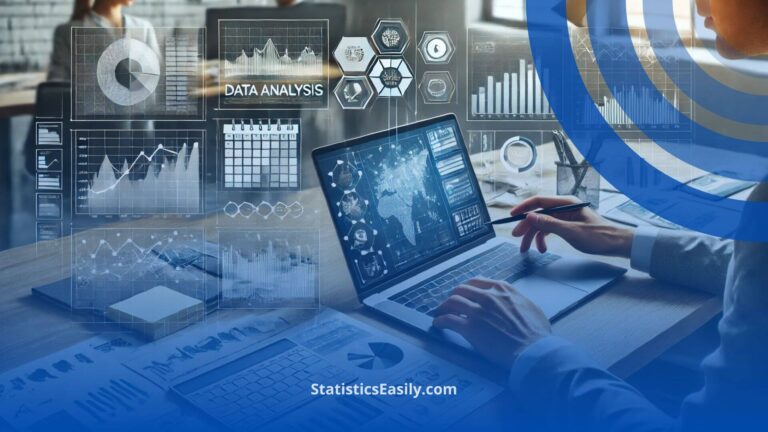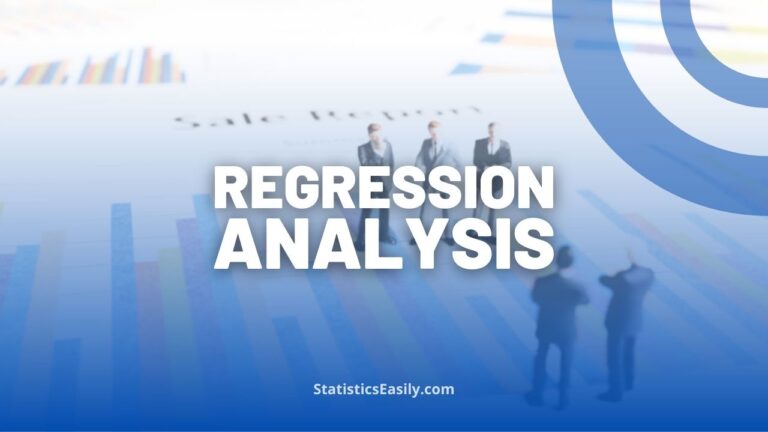The Hidden Truth: What They Never Told You About Statistics Education
Statistics education is crucial in our data-driven world. It improves job prospects in burgeoning fields, enhances decision-making abilities, and enables individuals to interpret data, understands uncertainties, and appreciate randomness. It’s a life skill that deserves a more prominent place in our education system.
Introduction
Overview of the importance of mathematics education
Mathematics, the universal language of critical thinking, finds its importance rooted in every aspect of human life. From the fundamental arithmetic that helps us manage our day-to-day expenses to algebra that underpins the technology we use and up to the complex calculus that drives modern engineering and physics, the fabric of mathematics education is finely woven into our daily lives. It forms the foundation of our logical reasoning, problem-solving abilities, and analytical thinking.
A common emphasis on calculus and its limitations
Typically, the mathematics curriculum significantly emphasizes calculus, holding it up as the zenith of mathematical education. However, this calculus-heavy curriculum overlooks the fact that its utility in the daily life of an average person is sparse at best. For most people, the beauty of calculus is limited to the classroom. Unlike basic arithmetic or percentages, it doesn’t translate into their daily life. While we appreciate the rigor and intellectual challenge that calculus offers, its practicality in day-to-day life falls short compared to other areas of mathematics.
Highlights
- Statistics offers practical, daily-life applications, unlike calculus, which is rarely used consciously.
- Statistics enhances critical thinking, risk analysis, and data literacy skills.
- Statistics education has transformative potential and enhances informed decision-making capabilities.
- The mathematics of games, trends, and predictions makes statistics engaging and fun.
- Modern mathematics education requires a shift to incorporate more statistical literacy.
The Surprising Paradigm Shift
Exploring Arthur Benjamin’s perspective on the prioritization of statistics education
In a refreshing and thought-provoking talk, mathematician Arthur Benjamin brings a new perspective to the forefront. He proposes that statistics and probability should take the prime spot in our mathematics curriculum instead of calculus. Why statistics? It’s simple. Statistics and probability have far more practical implications and usability in the life of an average individual.
Highlighting the benefits of statistics in everyday life
From understanding the chances of it raining on your picnic day, and interpreting political polls, to assessing the risk and returns in the stock market, our daily life is filled with situations that require statistical literacy. Furthermore, statistical knowledge is crucial to understanding, interpreting, and questioning the data-driven information presented to us in a world dominated by data. In essence, statistics education empowers us with the tools to navigate our world effectively.
/https://tf-cmsv2-smithsonianmag-media.s3.amazonaws.com/filer/13/37/13376bee-db48-409e-b465-9eba77e77247/9035842357_510c6d0672_o.jpg)
Unveiling the Practical Applications
Discussing the real-world relevance of statistics in various domains
Statistics transcends the boundaries of academic disciplines and finds relevance in virtually every domain. For example, in healthcare, statistics help understand disease prevalence and the effectiveness of treatments. In business, it aids in market analysis and decision-making. In politics, statistics help interpret public opinion. As such, statistics education opens up many opportunities, making it an essential skill in today’s world.
Examples of how statistics impacts decision-making and problem-solving
Statistical knowledge allows individuals to make informed, data-driven decisions. For instance, understanding the concept of “margin of error” can help interpret poll results more accurately. Recognizing the role of chance in outcomes can lead to better risk management. Every individual, irrespective of their profession, can benefit from the practical applicability of statistics.
Beyond Calculus: The Hidden Potential
Contrasting the limited everyday use of calculus with the practicality of statistics
Calculus, an essential branch of mathematics, is not as intertwined with our daily lives as statistics. While the laws of physics are written in the language of calculus, the information we consume daily is written in the language of statistics. Hence, it becomes crucial for us to be fluent in statistics, understand its nuances, and accurately interpret the data-driven world around us.
Illustrating how statistics offers a deeper understanding of data and uncertainty
Statistics help us make sense of the data-infused world. It equips us with the tools to understand and deal with uncertainty, make predictions, and infer insights from data. As we move towards a more digitized world where data is abundant, statistical literacy becomes an increasingly vital skill. The practicality of statistics, its relevance, and its insight into data and uncertainty reveal its hidden potential.
The Engaging Side of Statistics
Exploring the fun and exciting aspects of learning and applying statistics
Aside from its practical utility, statistics also brings an element of fun and engagement. It is, after all, the mathematics of games and gambling. Learning statistics can be enjoyable, filled with trend analysis, predictions, and the exploration of mathematical probabilities. From analyzing baseball performance to predicting weather patterns or even decoding lottery odds, applying statistics adds excitement and practical relevance to mathematics.
Games, trends, predictions, and their mathematical foundations
Games of chance, trends in data, and predictions of future events all involve statistical thinking. By understanding the mathematical principles that govern these activities, we can engage with them more deeply and responsibly.
Modernizing Mathematics Education
Discussing the need for a shift from analog to digital in the mathematics curriculum
The world has undergone a digital revolution, yet our mathematics curriculum remains steeped in traditional concepts, mainly ignoring the new demands of the digital world. A shift from a traditional calculus-focused curriculum to a more statistics-oriented curriculum is required to equip our students with the skills to navigate this data-centric world.
Incorporating statistics as a core component in data-driven approaches
Incorporating statistics as a core curriculum component enables students to understand and interpret the data-driven world around them. It equips them with the tools to make informed decisions, whether in their personal or professional lives. In an increasingly data-driven world, statistics education is vital to fostering a data-literate society.
The Transformative Impact
Examining the potential positive effects of prioritizing statistics education
Prioritizing statistics education could have transformative effects. It can enhance statistical literacy and foster critical thinking, risk analysis, and data interpretation skills, leading to a society capable of informed and rational decision-making. Statistical literacy can lead to a more engaged citizenry capable of questioning claims, understanding risks, and making data-informed decisions.
Enhancing critical thinking, risk analysis, and data literacy skills
Knowledge of statistics empowers individuals with enhanced critical thinking abilities, risk assessment skills, and data literacy. These skills are crucial in navigating an increasingly complex and data-centric world. Statistical literacy allows individuals to question and interpret data-driven claims, understand probabilities, and appreciate the role of variability in outcomes.
Implementing Change
Discussing strategies for integrating statistics education effectively
Integrating statistics education into the curriculum needs strategic planning, overcoming resistance, and potential restructuring of traditional curricula. The shift requires top-down (policy level) and bottom-up (individual level) initiatives. Teachers need to be trained in statistical pedagogy, and students need to be shown the utility and relevance of statistics in daily life. While it may be challenging, it’s necessary for our evolving world.
Overcoming challenges and barriers in implementing a new approach
The transition towards a statistics-oriented curriculum may face challenges, from resistance among educators accustomed to traditional methods to a lack of resources or training in statistical pedagogy. However, these hurdles can be overcome with a clear vision of the long-term benefits and a commitment to adapt. The journey might be challenging, but the outcomes will be worth the effort.
Future Prospects and Benefits
Analyzing the long-term advantages of statistics education for individuals and society
Emphasizing statistics education presents long-term benefits for individuals and society. It can improve job prospects in data-intensive sectors, enhance decision-making abilities, and instill a better understanding of the world around us. A statistically literate society will be equipped to make better decisions, encourage rational debate, and promote critical thinking.
The potential impact on careers, decision-making, and problem-solving
A solid understanding of statistics could open various career paths in burgeoning fields like data science, machine learning, and artificial intelligence. Furthermore, it could enhance individuals’ decision-making capabilities, enabling them to solve problems effectively and make more informed decisions in their personal and professional lives.
Conclusion
Summarizing the hidden truth of statistics education
The hidden truth about statistics education is that it is much more than a mathematical discipline. It is a life skill that enhances our understanding of the world, enables us to interpret and question data, make informed decisions, and appreciate the role of uncertainty and randomness in life. It is the key to navigating the increasingly data-driven world. It, therefore, deserves a prominent place in our education system.
Encouraging a reevaluation of mathematics education priorities
We must reevaluate our mathematics education priorities to align with the demands of the modern world. By recognizing the value of statistics and giving it the emphasis it deserves, we can equip our students with relevant skills for the 21st century. The call for change is clear. It is now up to us to implement it.
Editor’s Note: This article draws insights from the TED talk “Teach Statistics Before Calculus” by Arthur Benjamin. The ideas explored here reflect his compelling arguments for a shift in our educational focus toward statistics. For a more comprehensive understanding, we recommend watching the full talk here.
Recommended Articles
Interested in diving deeper into statistics and data analysis? Check out more engaging and informative articles on our blog!
- How To Lie With Statistics?
- Why ‘Statistics Are Like Bikinis’
- The ‘Lady Tasting Tea’ Experiment
- How Data Visualization Saved Lives
- Statistics And Fake News: A Deeper Look
Frequently Asked Questions (FAQs)
Q1: Why is statistics more useful than calculus in daily life? Statistics provides tools to understand and interpret data, assess risks, and make informed decisions, which are more commonly encountered in daily life than calculus problems.
Q2: How can statistics education transform society? Prioritizing statistics education can enhance critical thinking, risk analysis, and data literacy skills, leading to a more informed and rational society.
Q3: Why is statistics considered the ‘mathematics of games’? Statistics underpins the concepts of probability, trends, and predictions inherent in games, making them more engaging and fun.
Q4: Why does modern mathematics education need to shift toward statistics? The digital world is data-centric. Rather than traditional calculus-focused knowledge, statistical literacy is crucial to navigating this world.
Q5: What are the challenges in implementing statistics education? Challenges include resistance among traditional educators, potential restructuring of curricula, and a lack of resources or training in statistical pedagogy.
Q6: What are the benefits of a statistics-oriented education? It enhances job prospects in data-intensive sectors, improves decision-making abilities, and fosters a better understanding of the world around us.
Q7: What is the role of statistics in decision-making and problem-solving? Statistics provides the tools to interpret and question data, understand uncertainties, and appreciate randomness, which is crucial in decision-making and problem-solving.
Q8: How can the hurdles in transitioning to a statistics-oriented curriculum be overcome? With a clear vision of long-term benefits, commitment to adapt, and strategies to overcome resistance and provide appropriate resources and training.
Q9: How can statistics education impact an individual’s career? A solid understanding of statistics can open career paths in burgeoning fields like data science, machine learning, and artificial intelligence.
Q10: What is the hidden truth about statistics education? Statistics education is not just a mathematical discipline but a life skill that enhances understanding of the world and decision-making abilities.


